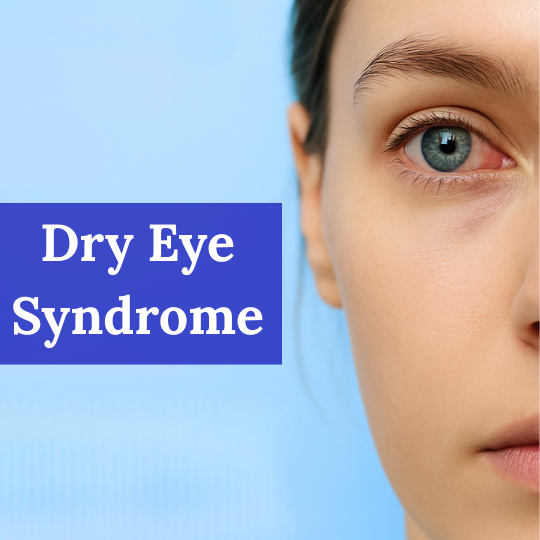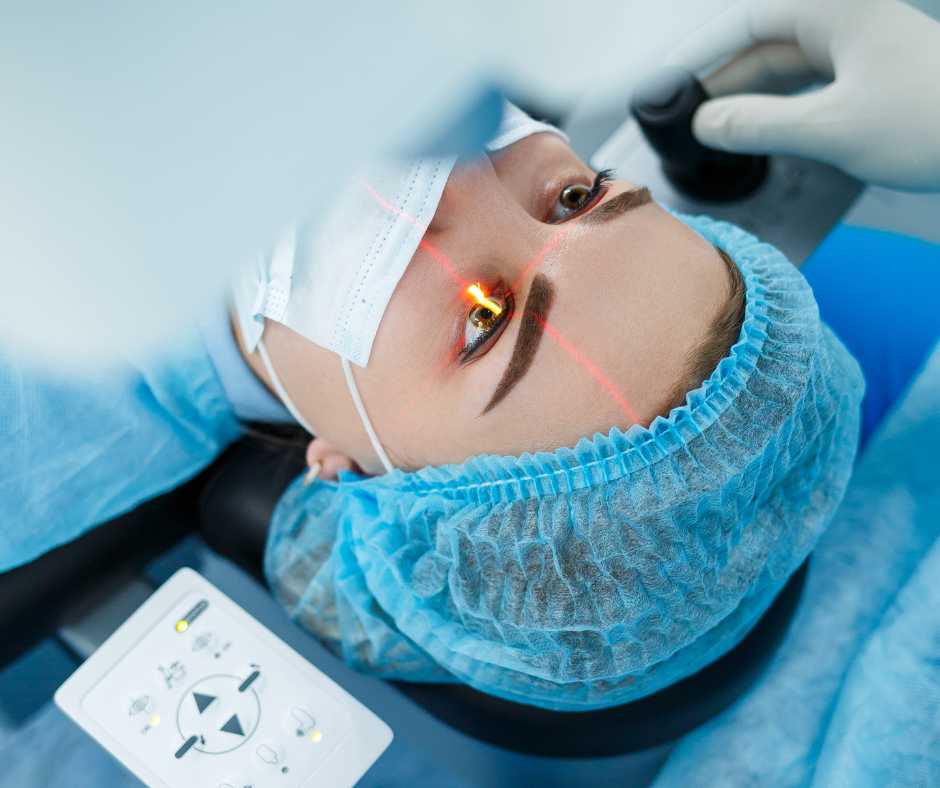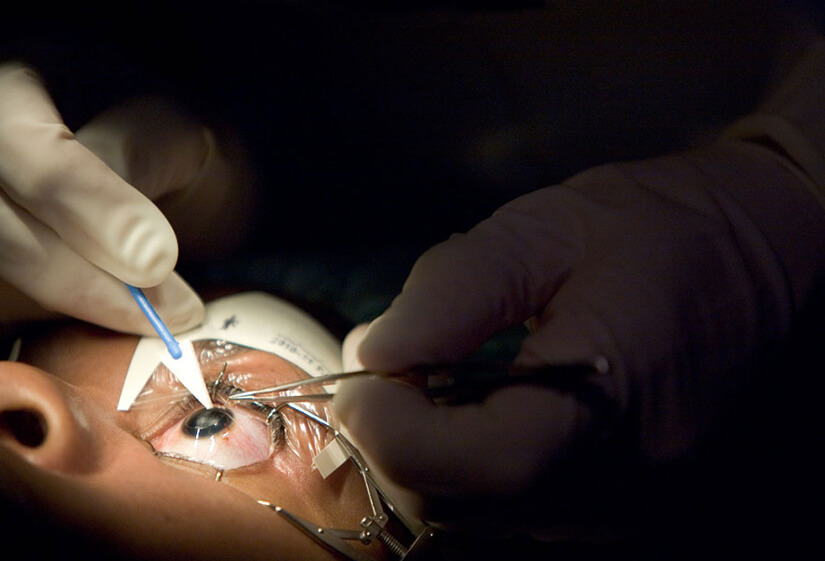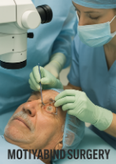Introduction:
Photophobia, commonly known as light sensitivity, is a condition where individuals experience discomfort or pain in the eyes when exposed to light. While it can occur in anyone, it may be a symptom of an underlying eye condition or other health issues. Understanding its symptoms, causes, and management is crucial for those affected by this condition. In this article, we delve into the depths of photophobia to provide insights into its manifestations and ways to alleviate its effects.
Photophobia Symptoms:
- Eye Discomfort: Individuals with photophobia often experience eye discomfort ranging from mild irritation to severe pain when exposed to light.
- Squinting or Closing Eyes: Bright light can cause affected individuals to squint or close their eyes tightly to reduce discomfort.
- Headaches: Prolonged exposure to light can trigger headaches or exacerbate existing migraine symptoms.
- Nausea and Dizziness: Some individuals may experience nausea or dizziness in conjunction with photophobia, particularly in severe cases.
- Blurry Vision: Light sensitivity can lead to blurry vision or difficulty focusing, making it challenging to perform tasks requiring visual concentration.
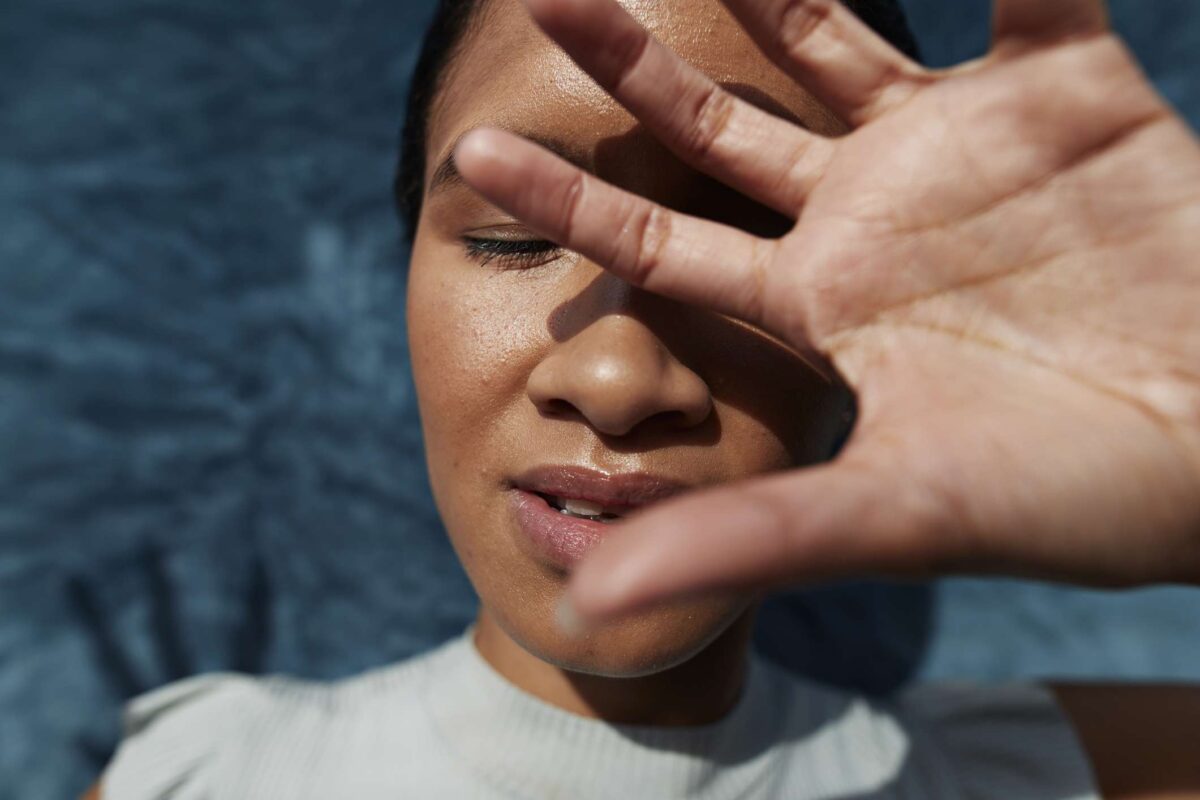
Causes of Photophobia symptoms:
- Eye Conditions: Photophobia can be a symptom of various eye conditions such as uveitis, corneal abrasions, iritis, or dry eye syndrome.
- Migraines: Many individuals with migraines experience photophobia during migraine attacks, often preceding other symptoms.
- Trauma or Surgery: Eye trauma or recent eye surgery can lead to increased light sensitivity during the healing process.
- Infections: Eye infections, such as conjunctivitis or keratitis, may cause photophobia as a secondary symptom.
- Neurological Disorders: Conditions affecting the nervous system, such as meningitis or traumatic brain injury, can manifest with photophobia.
Treatment:
- Eye Protection: Wearing sunglasses with UV protection or special tinted lenses indoors can help reduce light sensitivity.
- Adjusting Lighting: Dimming harsh indoor lighting or using glare-reducing filters on screens may alleviate symptoms.
- Medications: Depending on the underlying cause, doctors may prescribe medications such as eye drops, NSAIDs, or migraine-specific drugs to manage photophobia.
- Avoiding Triggers: Identifying and avoiding triggers such as certain foods, environmental factors, or activities that exacerbate photophobia can be beneficial.
- Regular Eye Exams: Routine eye exams can help detect underlying eye conditions early, allowing for prompt treatment and management.
Author Details:
Dr. Sushruth Appajigowda holds a prominent position as a Cornea, Cataract, Glaucoma, and LASIK Surgeon in Bangalore. He serves as the chief Cataract and Refractive surgeon at Vijaya Nethralaya Eye Hospital, Nagarbhavi Bangalore. Renowned as one of the finest LASIK surgeons nationwide, he brings with him over 12+ years of experience across multiple LASIK platforms, including ZEISS, ALCON, SCHWIND, AMO, and Bausch and Lomb. Having successfully conducted over 5000 LASIK procedures, Dr. Sushruth holds the title of a Certified Refractive Surgeon and a Fellow of the All India Collegium Of Ophthalmology. Furthermore, he stands as a distinguished speaker at various National and International Forums, using his expertise to guide you in selecting the most suitable procedure based on your health requirements.

http://vijayanethralaya.com/link-in-bio/



